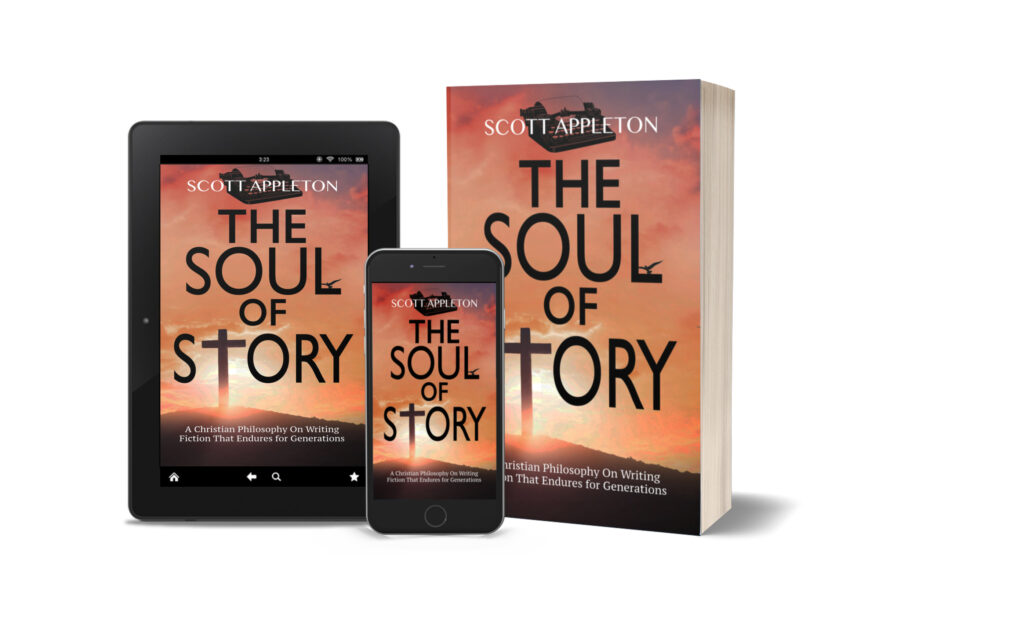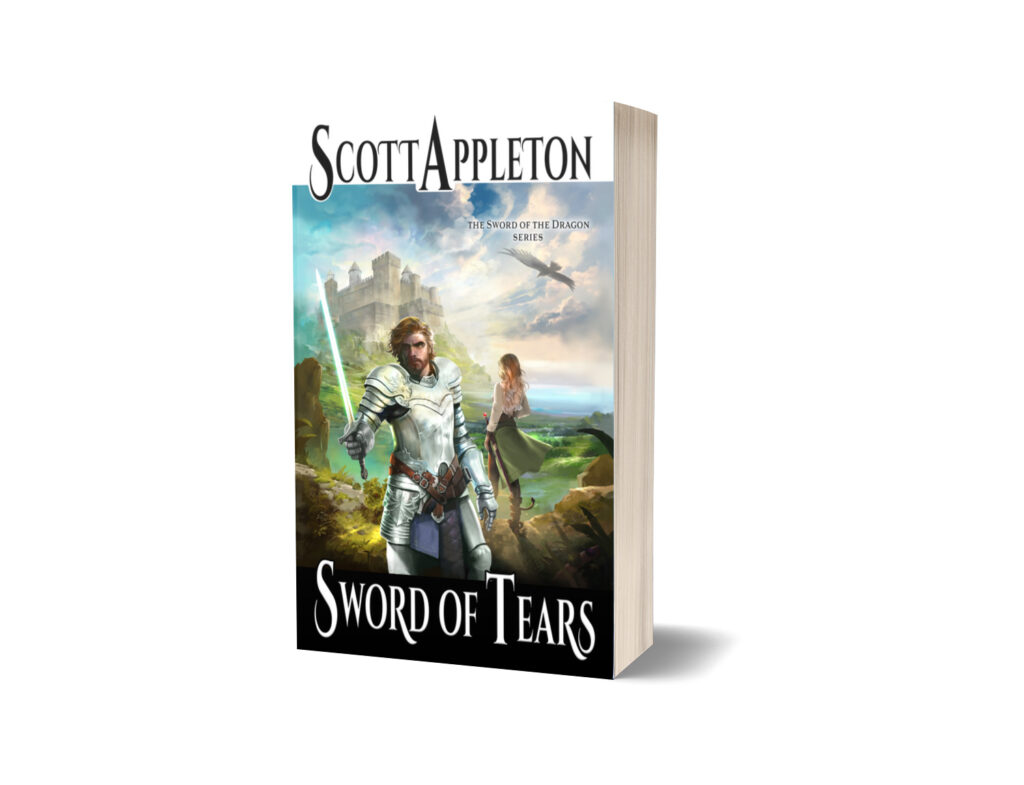Around ten years ago I wrote my first fantasy manuscript and titled it The Lord of Emperia and that story began to expand. I explored the origins of the various characters and developed a history for the storyworld that, simply put, became too complicated for a single volume. The Sword of the Dragon series was born. When I wrote the first novel I was forced to split it in two… Well, I’ve done it again!
In the original manuscript for The Sword of the Dragon series I did not have the character of Specter, nor did Ilfedo ever take a journey through the subterranean tunnels under the Resgerian desert. He never discovered the city of Dresdyn. But in my third novel Key of Living Fire I could not resist the many ideas for deepening the characters and relationships in the series. The result has been that the fourth novel In Search of Dragons was divided by two large story arcs that were both necessary to the series.
As I worked on writing the manuscript I came to realize that both stories deserve their own novel. So the result is that The Sword of the Dragon book four gains a new title The Phantom’s Blade and In Search of Dragons becomes book five. The up side to this outcome? There is more story for readers to enjoy and deeper character development.
Cover art for The Phantom’s Blade is under way and I am writing the final quarter of the manuscript. Looking to release this book Fall 2015.
Question: Are you looking forward to The Phantom’s Blade?





Recent Comments